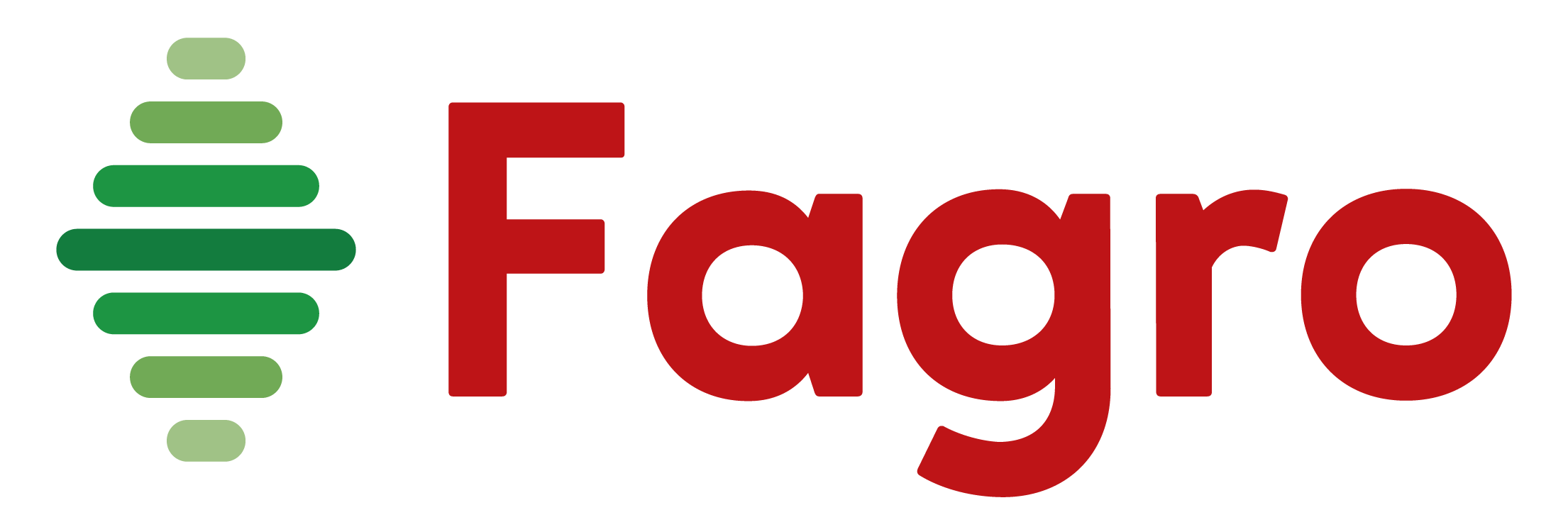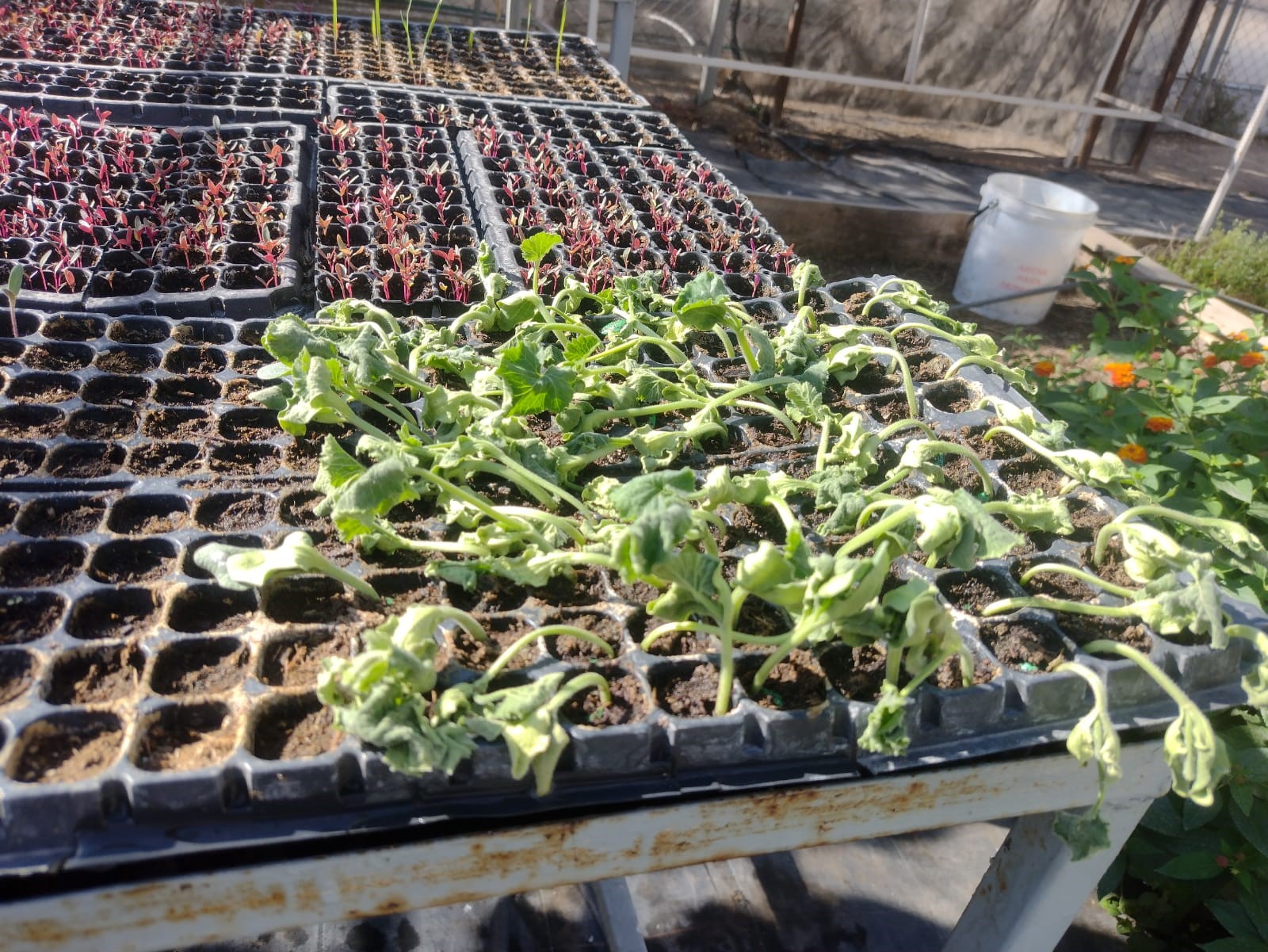Everything in nature has a balance and to a great extent that level of balance is very fragile, very narrow and can be easily compromised. In this article we will comment on some practices in agriculture that break the internal balance of the crop and that in many cases can have negative effects on agricultural production.
Exogenous hormonal management of agricultural crops.
Hormonal management of agricultural crops refers to the exogenous application of substances known as Growth Regulators, to accelerate or inhibit the physiological process in the plant. In this topic, the balance is the point where the stimulation signal to the plant cells, the macro and micronutrients, the metabolism and its products are at optimal levels to promote the growth and development of the plant in a specific phenological stage. .
However, the intensive management of crops often requires a higher growth rate in order to bring the plants to a faster productive stage and to higher levels. It is at this point, where higher doses of inputs are often used, with the logic that if we add more nutrients and hormones to the crop, we can achieve greater and faster production; Nothing more out of reality.
Plants are living beings that have genetic information in their cells that, like us, they have inherited from their ancestors and is the result of crosses between races, species and individuals with specific adaptations. This genetics of the plant is also the product of its interactions with the environment (climatic and geographical conditions), with its predators (pests, diseases, herbivores), symbionts (rhizobacteria and mycorrhizae), etc., and in a last stage, the genetics Plant growth is also the result of human improvement, whether empirical or scientific genetic management to produce varieties with better characteristics. Said genetics has a “cap”, a maximum level; which we will never be able to overcome in a cultivation cycle, since it is given by the same genetics that we have been talking about.
So, no matter how much we apply fertilizers and hormones in higher doses to the crop, we will never be able to exceed those parameters that are given by the genetics of the crop in a constant and sustainable way (in some cases there could be exaggerated productions, due to the metabolic disorder in the plant, but which can hardly be replicated in other plants of the same variety, in other geographical areas or in other cycles). On the other hand, by placing higher concentrations in the irrigation or sprinkler water, or in the soil, we are running the risk of poisoning the crop and causing greater damage that could considerably reduce production.

Crop intoxication is also called “phytotoxicity” and refers to any damage at some level of the integrity of plant cells, tissues or organs and that is caused by the interaction (contact) of some part of the plant with an inadequate concentration. (excessive) of some foreign substance.
According to the EWRS (European Weed Research Society) from a phytotoxicity level of 12.5%, the crop may already present medium damage that could have effects on yield. This is where we have to pay close attention when, for some reason, we cause phytotoxicity to the crop.

Tomato plants with phytotoxicity due to excess Calcium, the first two lines of plants show phytotoxicity, the line on the right has balanced levels of nutrients, grows normally.
Hormonal management of crops is very common for this to happen, because synthetic Growth Regulators perform their stimulating function at very low doses, in terms of ppm (Parts Per Million).
The application of products of this type must take place in conditions of humidity and radiation at optimal levels for the plant, plants stressed by lack of water or excess radiation with high temperatures, could cause unwanted effects.
Proroot, a growth regulator with a high concentration of rooting auxins, with practical doses so as not to cause phytotoxicity.
Proroot is a growth regulator based on synthetic auxins with rooting function. It has a total of 3000 ppm of a mixture of auxins (naphthaleneacetic acid and indolebutyric acid). Proroot can be applied in doses of 1 gram per liter of water or per plant, which will result in concentrations around 3 to 4 ppm of auxins, an optimal dose to achieve stimulation without phytotoxicity.


